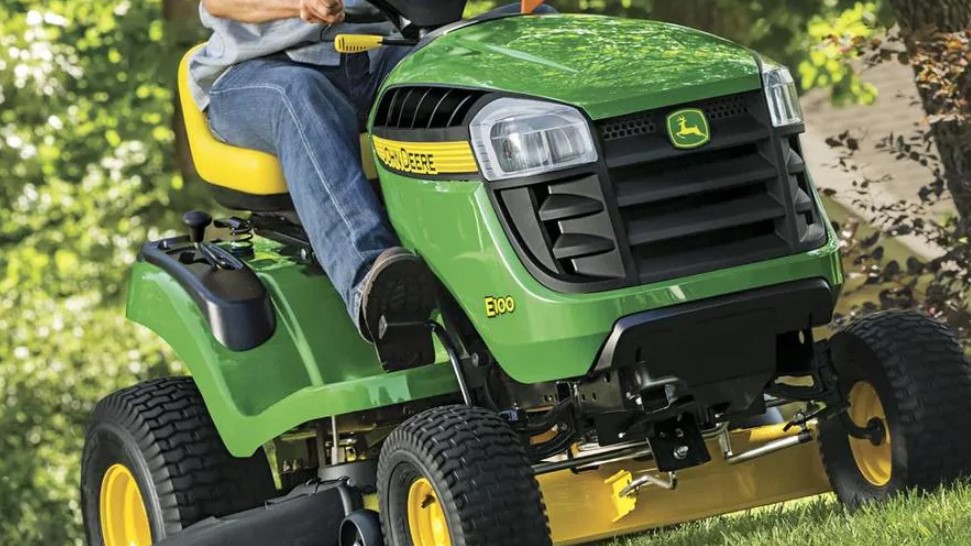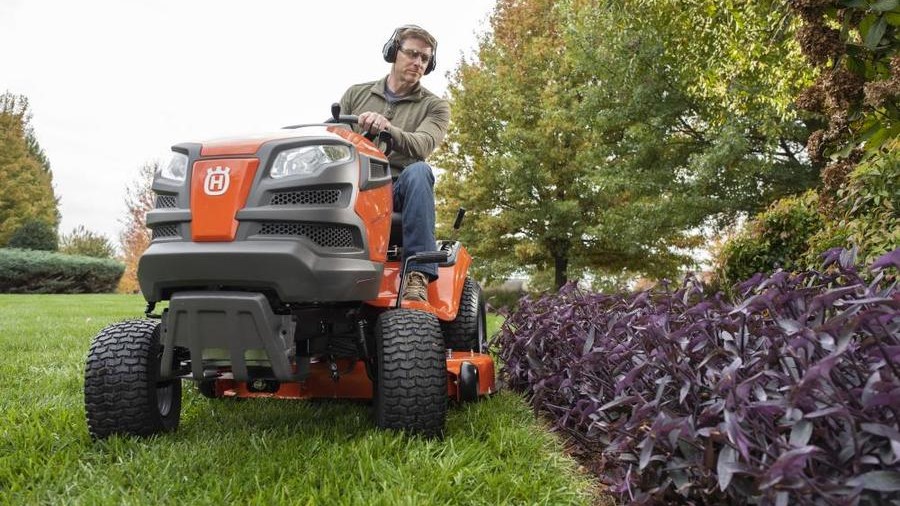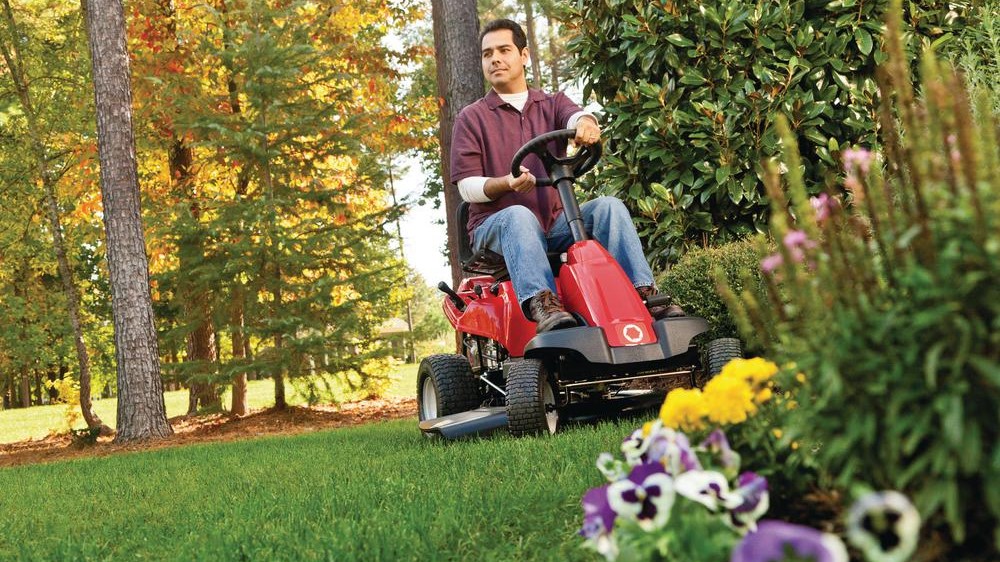A ride-on lawn mower is a big investment, so you need to make sure you're buying the perfect model for you. It can be hard to know where to start when it comes to rider mowers, but there is a whole host of factors you need to consider which can make the whole process easier. In our guide to the best rider lawn mowers, we rounded up the perfect ride-on lawn mowers for all budgets and needs.
If you’re looking to buy a ride-on model, odds are that even the best electric lawn mowers or the best gas lawn mowers aren't high-power enough for you. Ride on mowers are designed for difficult terrains and large lawns, perfect for saving time and achieving the perfectly striped lawn of your dreams.
To find out about the various types of ride on mowers, from zero turn to lawn tractors, check out our guide on how to pick the right rider lawn mower for you. From speed to warranty, keep reading to find out what to consider when buying a ride-on mower.
Speed
The speed of a ride-on lawn mower is one of the most important aspects to consider. How fast the lawn mower can travel impacts how long it will take to complete the job. High speed is important if, like a professional groundskeeper or landscaper, you have large tracts of land to mow. The faster you mow the lawn, the quicker you can focus on other landscaping projects.
Cutting width of mower blades
The cutting width of your mower blades can speed up the process of mowing your lawn, but it can also impact the size of your mower. A wider blade cuts a larger area with each pass, which allows you to get the job done faster. However, as the blade width increases, so does the size of the ride-on lawn mower. This means that some lawn mowers might be too wide to maneuver comfortably through your property. Measure the areas you need to mow and maintain to choose the mower that is most suitable for the space. There is nothing worse than having a mower that can’t get in the smaller, tighter spaces.
Ride on mower cruise control

Some of the more well designed riding lawn mowers come with cruise control built in, that let you to control the speed of the lawn mower. This is the ultimate ease of use function, that allows you to maintain the best speed for even cut. However, these models tend to be expensive, so they're more suited to large yards and professionals.
Zero-turn design
Zero-turn lawn mowers have the tightest turning radius, which translates to excellent maneuverability and makes it easy to get around trees, shrubs and lawn statues. However, they do have some difficulty maneuvering on hills because they tend to turn too sharply on steep terrain.
If you want a striped lawn with that perfect finish, and you have an expansive space to consider which is somewhat level and even, then you should seek out a zero-turn rider mower to achieve the finish you want.
Ride on mower engine placement
In general, the mower’s engine placement determines its power. Rear-engine models are smaller and have less power, and zero-turn mowers normally have rear engines. Front-engine tractor models have larger engines and more power and cutting ability.
Rear-engine models are best for areas of land smaller than an acre, because they are entry-level machines that can't cope as well as lawn tractors with difficult terrains and steep inclines. If you're dealing with a smaller space, a front-engine tractor would have an excessive level of power, and would likely cost you more than you need to spend.

You should also consider transmission. Just like a car's transmission, a manual transmission on a mower means more work for you. If you prefer to focus on steering instead of shifting, you’ll want a riding mower with an automatic transmission.
Warranty
When you’re making a purchase as expensive as a ride-on lawnmower, the warranty period becomes increasingly important. If something goes wrong early in the lifespan of your lawnmower, the warranty can save you hundreds or thousands of dollars on replacing parts or the whole unit. And from our experience, the longer the warranty period, the longer you can expect your products to last.
The most common warranty period for ride-on lawn mowers is two years. Most of the models offer two-year warranties. The longest warranty period we saw was five years offered by the eXmark Lazer Z series.
However, you should check to see if the lawn mower you choose has additional limitations. For example, the John Deere E180’s warranty expires when you’ve used the machine for 120 hours.

